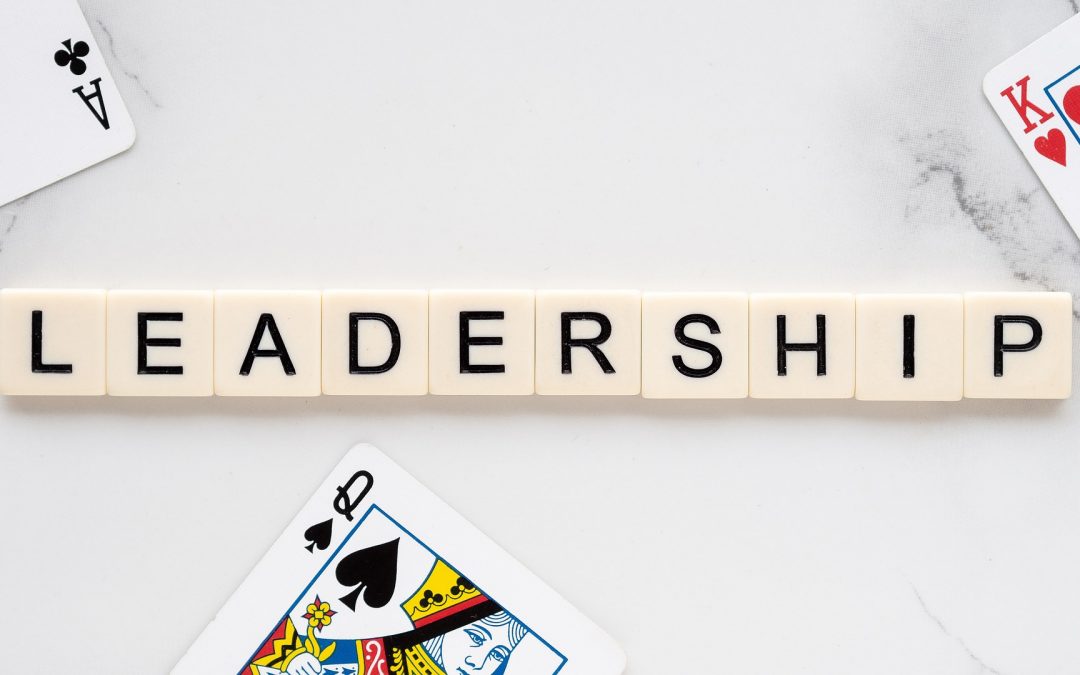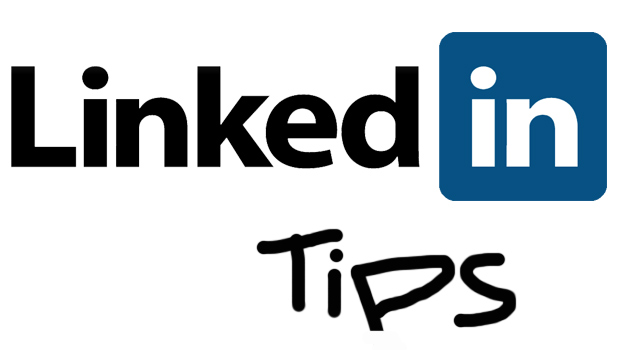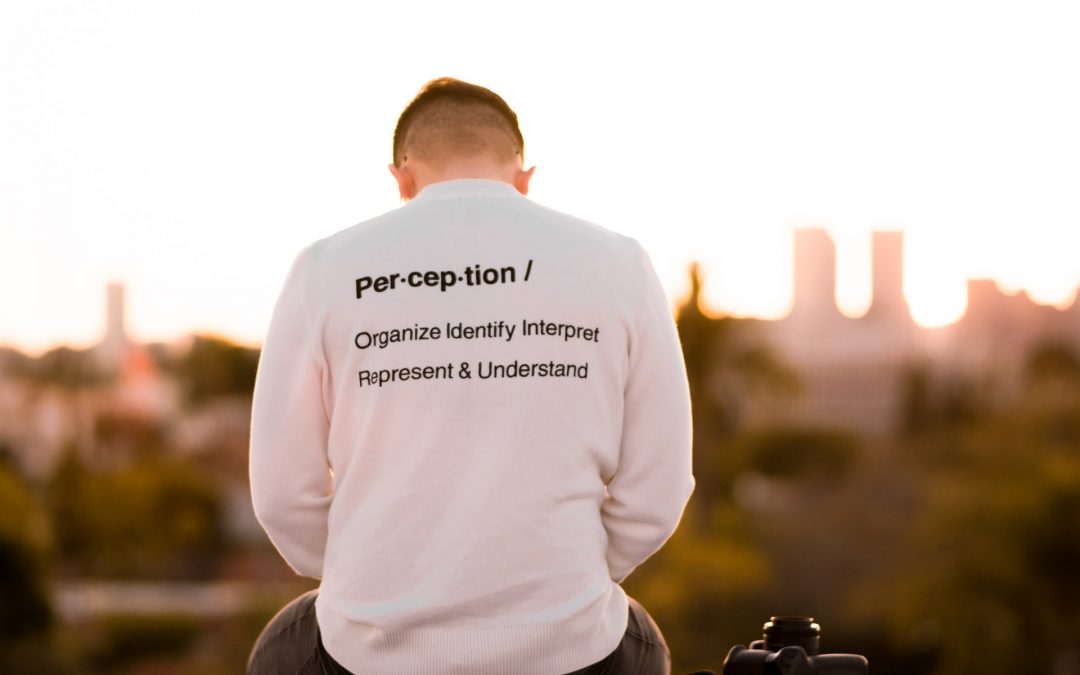
Lessons from the NCAA Basketball Finals
It’s been a few weeks and hopefully the sting of your broken bracket has faded enough to apply some lessons from college basketball to our businesses.
Living in Indiana, I was rooting for the Purdue Boilermakers to win it all. In my family we even have a Purdue grad, my step-daughter.
April 7th and 8th, the top teams played in the Womens and Mens championship games and as I was listening to some of the commentary during and after the games, there was a common theme that the champions had that was different from the runner-ups.
In the Women’s championship game, Iowa had Catlin Clark who was their superstar and has been a media favorite. She scored 30 points and was the leading scorer of the title game. Catlin Clark is a college basketball superstar.
The next night, Purdue’s Zach Edey racked up 37 points and outscored everyone of the players from both teams.
Both Catlin Clark and Zach Edey finished their season on the losing team. Purdue lost by 15 points to UConn and Iowa got beat by a dozen points to South Carolina.
Why is it that Iowa and Purdue, both teams with nationally known superstars lost the most important games of the season?
It’s because Basketball is a team sport.
As I glanced at the scoring stats, this years college champions, both the Men’s and Women’s side, the schools that took home the top trophies had a balanced team that didn’t rely on just one superstar.
The Iowa Hawkeyes had just 5 players that scored while the Women’s champs had 9 players adding to the South Carolina Gamecocks final score.
The UConn Huskies had 7 players contributing points in their win, while Purdue’s Zach Edey, only had 4 teammates sinking the ball.
The day after the Men’s Championship game I was talking with my boss about all of this and applied it to our situation at Federated Media.
My station, WOWO is one of 10 in our company. 5 are in South Bend, Indiana and the other 5, including WOWO are in Fort Wayne, Indiana. During the 11 years I have been with WOWO, either on the sales team or as the General Sales Manager, WOWO has grown to be the highest scoring revenue station out of all 10. It’s not the one with the largest audience, and it’s not the one with the most popular music. They don’t play music, WOWO is a news/talk station.
WOWO’s sales team has depth and balance. When I was hired in 2013, I was the 5th person on a 5 person team and typically that position is a revolving door. However in a few years I became 2nd in longevity and when I was promoted to General Sales Manager in 2020. The year before, in 2019, I was named the top Account Executive in our entire company so my priority was to hire someone to replace myself. Nearly 4 years later, I hired myself back to the sales team for WOWO and left most of the management duties.
Then and now the WOWO Advertising Sales Team of Account Executives has been filled with strong players. Tracy has been with us 23 years. Rob joined 11 years ago and we just added another Federated Media veteran, Brad who spent two decades with our sister station WMEE and returned 6 months ago, this to on the WOWO team. Having a strong team has helped us nearly triple the revenue results and it doesn’t rest on one person. Everyone has a slump every once in a while and if you don’t have the others to carry your team through, it can be very challenging.
What about your organization? How much of the success relies on one person? Are you vulnerable if something were to happen to that person? I understand that most companies in the past few decades have become lean and reduced redundancies and back in 2020 with the Covid pandemic, our company did too. However, we should also create backups for people, not just systems.
Need help on any of this? Ask me and if it’s not in my portfolio of services, I have connections to people who can assist.




